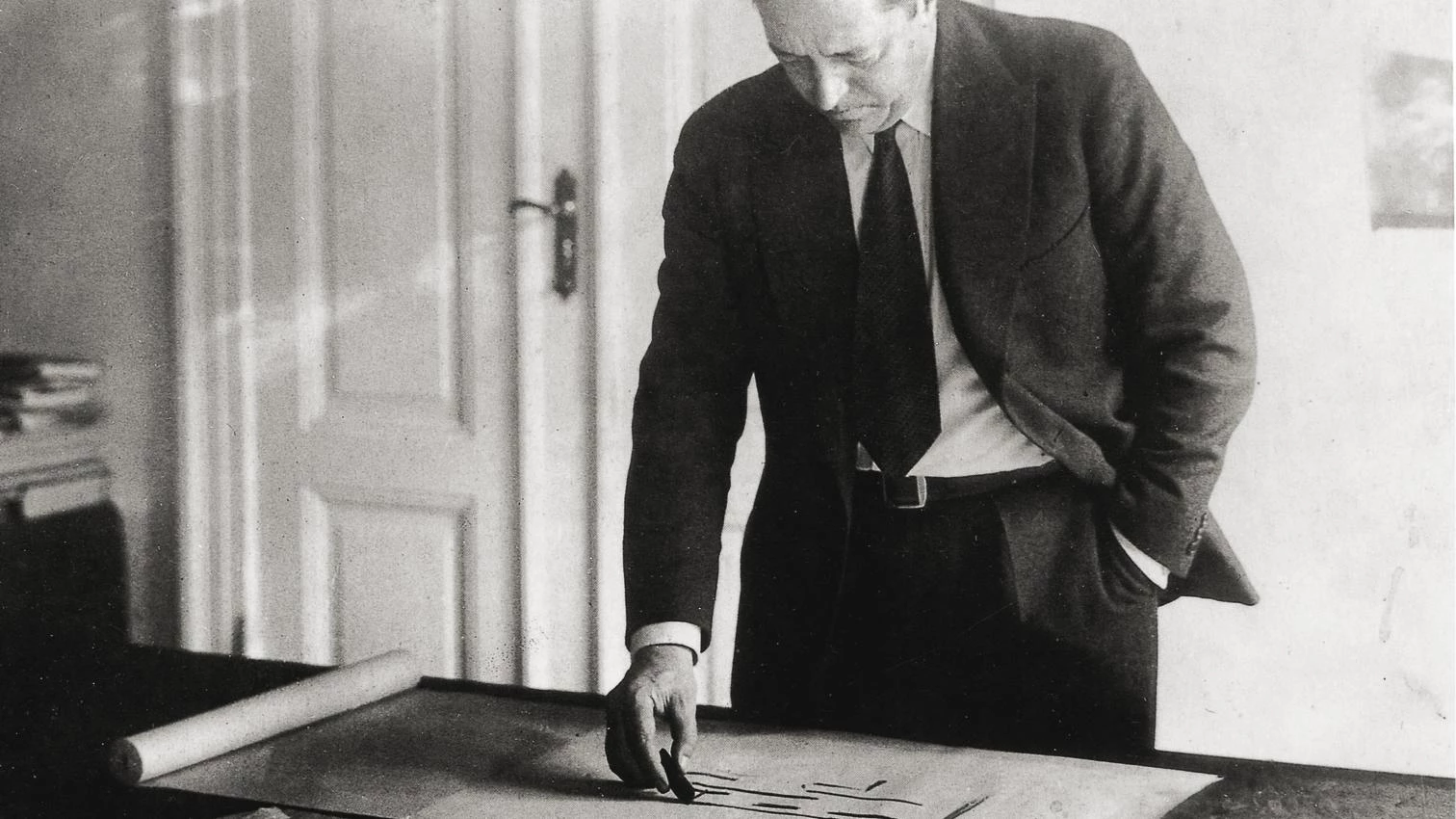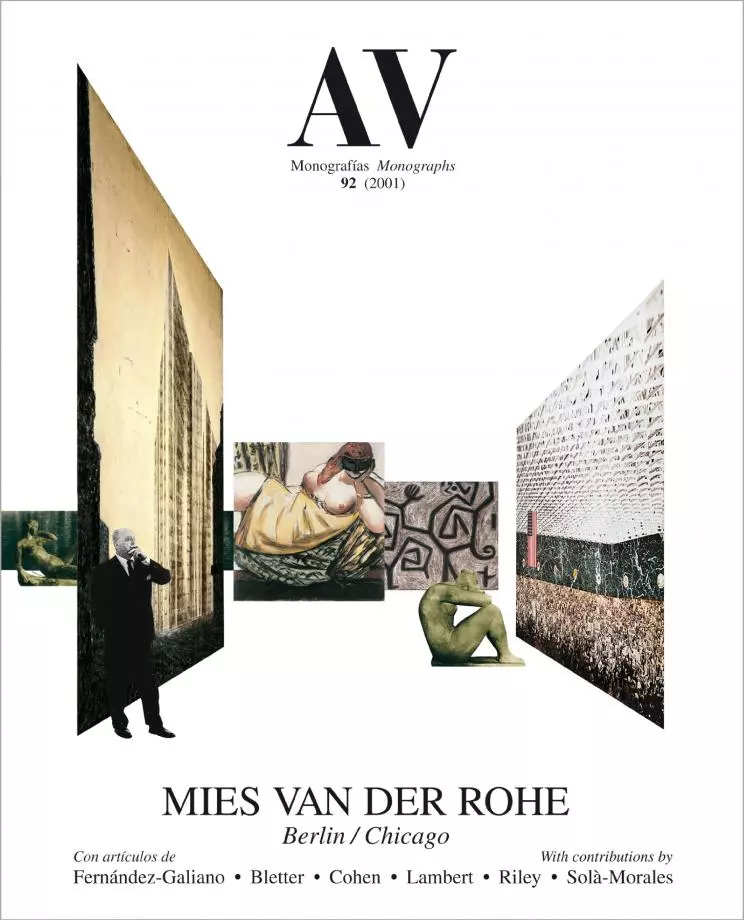Modern Assemblages
The Experimental Effervescence of Weimar

In 1925 Hitler published Mein Kampf, and the menacing rise of Nazism – struggling both with the conservative right and with the supporters of the Bolshevik revolution – is the backdrop of the first modern works of a politically accommodating Mies, who during this agitated period belonged to the association of Friends of the New Russia and organized the exhibitions of the “November” group, named after the failed communist uprising of 1919, but in the thirties decade would try to make his aesthetic ideas compatible with National Socialism. In those dramatic years in which different political organizations paraded through the German cities with identical military outfits, the calm and clever Mies was able to be at once the residential architect of art-enthusiastic magnates and an influential leader of the new architecture, which would materialize preferably through social housing developments. Both in the mansions for millionaires and in the blocks for theworking-class, Mies tried to apply the formal discoveries of the theoretical projects, but with such careful attention to the specific sites and to the peculiarities of each program that general principles are often concealed behind the singularity of the works. Only exhibitions would be able to express with diagrammatic exactness the foundations of the new language; however, it is perhaps in the dialogue and compromise of Mies’s essential ideas with the changing circumstances of each individual case where his architecture acquires a more stratified complexity... [+]





